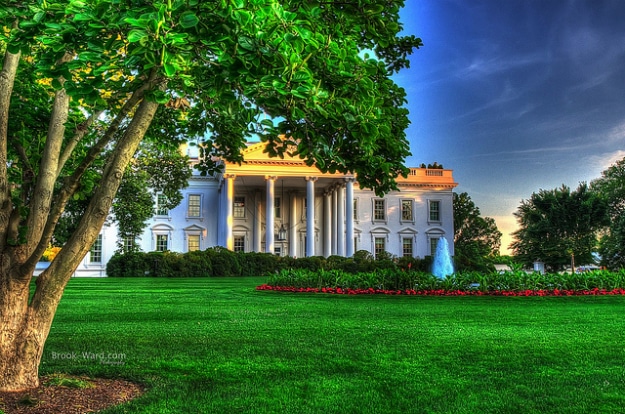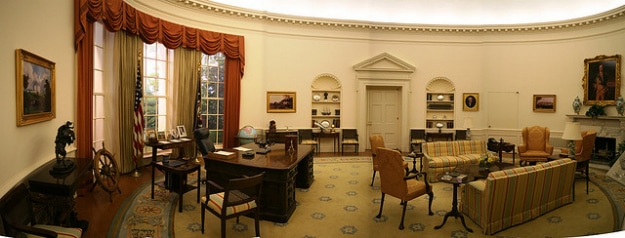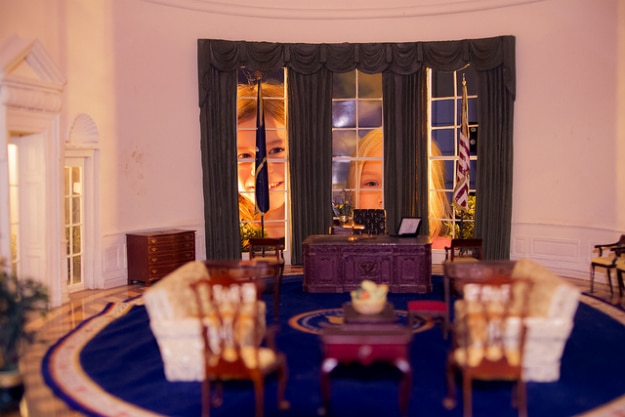People became aware of the positive effects of transparency as soon as social media started working its way into our lives. We were suddenly able to get a peek inside people’s lives and how they spent their days. It was not long until people started dreaming, recommending and demanding governments around the world to become transparent too. Since then the transparent government model has been implemented in a number of governments around the world.
The issue of a transparent government is something the nation has always upheld as important to its people. A transparent (or “open”) government is a standard that maintains the fact that citizens always have the right to access the documents, information, meetings, proceedings and public details of the government. This is in place to ensure the public can have the confidence that there are no secrets. This information is meant to be in place so that the government may be kept accountable to its people.
Historically, a common way to enforce transparent government has been to attend meetings and hearings being helped by various government branches. The use of technology is a recent development in this age-old process, which allows citizens to become more directly involved with the government’s process. Using the technology of webcams through Blue Jeans can help keep citizens in control of their government.
Complete Data
The first principle of open government data is that it must always be made available, and it must always be complete. The data will be electronically stored, and it will help present important information to the public. There should not be any gaps or unexplained holes in the information. This can range from basic details to recordings. According to Opengovedata, all public data must be made available, and this includes “documents, databases, transcripts, and audio/visual recordings… not subject to valid privacy, security or privilege limitations, as governed by other statutes.“ The use of webcams could help implement this complete data principle as it would give the public the ability to view the information as it is being shared.
Primary Data
The second principle of open government data is that it must be published exactly as it was found. In other words, the information has to maintain the integrity of the way it was collected at its source. From there, it must not be altered or added to because this can change the integrity of the initial data gathered. The use of webcams would help to regulate this because the public, and the government colleagues would be able to view what was happening as it happened.
Timely Data
One of the most important aspects of open government is that the data collected should be made available as quickly as possible. This is also a measure to preserve integrity, but it also preserved the value of the data overall. Webcams present data in real-time, so this would clearly uphold this third principle.
Accessible Data
The data must also be accessible. The public needs to be able to access the information, regardless of where they are. As long as they are law-abiding citizens, according to the fourth principle, they should have access to the data. The use of video technology would enable a wider audience to have access to the important data.
Machine Processable Data
The fifth principle of a transparent government is that the data should be structured in a way that allows it to be processed automatically and through automated technologies. [pullquote]The use of webcam technology would make data more accessible and would make it simpler to process.[/pullquote]
Non-Discriminatory Access
One of the strongest factors of the eight principles of transparent government data is that it should be made available to anyone without registration or strict requirement. Given that the data is all public knowledge, the ability to share it freely among any citizen who wishes to know is an important part of transparency. The use of webcams would also make this possible.
In 2011, the chief minister of Kerala state in India implemented an open government experiment. He installed a webcam in his office so that everything that was said or done in his chamber was viewable to the public at any time of the day, any day of the week. Visitors had access without the need to share any of their own personal information and within two weeks, nearly 300,000 visitors had viewed, proving that government transparency is important to citizens and that webcam solutions are an effective way to embrace it.
Non-Proprietary & License-Free Data
Another benefit of using webcams in a transparent government is that the data would not have to belong to any one party, it belongs to all the viewers. It is available in whichever format is needed, and no one has the exclusive rights to it. It belongs to the public, as it is for the public. This also lines up with the final principle is that data should not be subject to copyright, patent, trademark or trade secret regulation.
Using Blue Jeans solutions, you can build up your network and give the community peace of mind. Leaving the door open helps others to see that there are no secrets. Transparency in government would be possible without being invasive if the right technologies were implemented. Learn more about how this webcam service could be right for your community.



COMMENTS